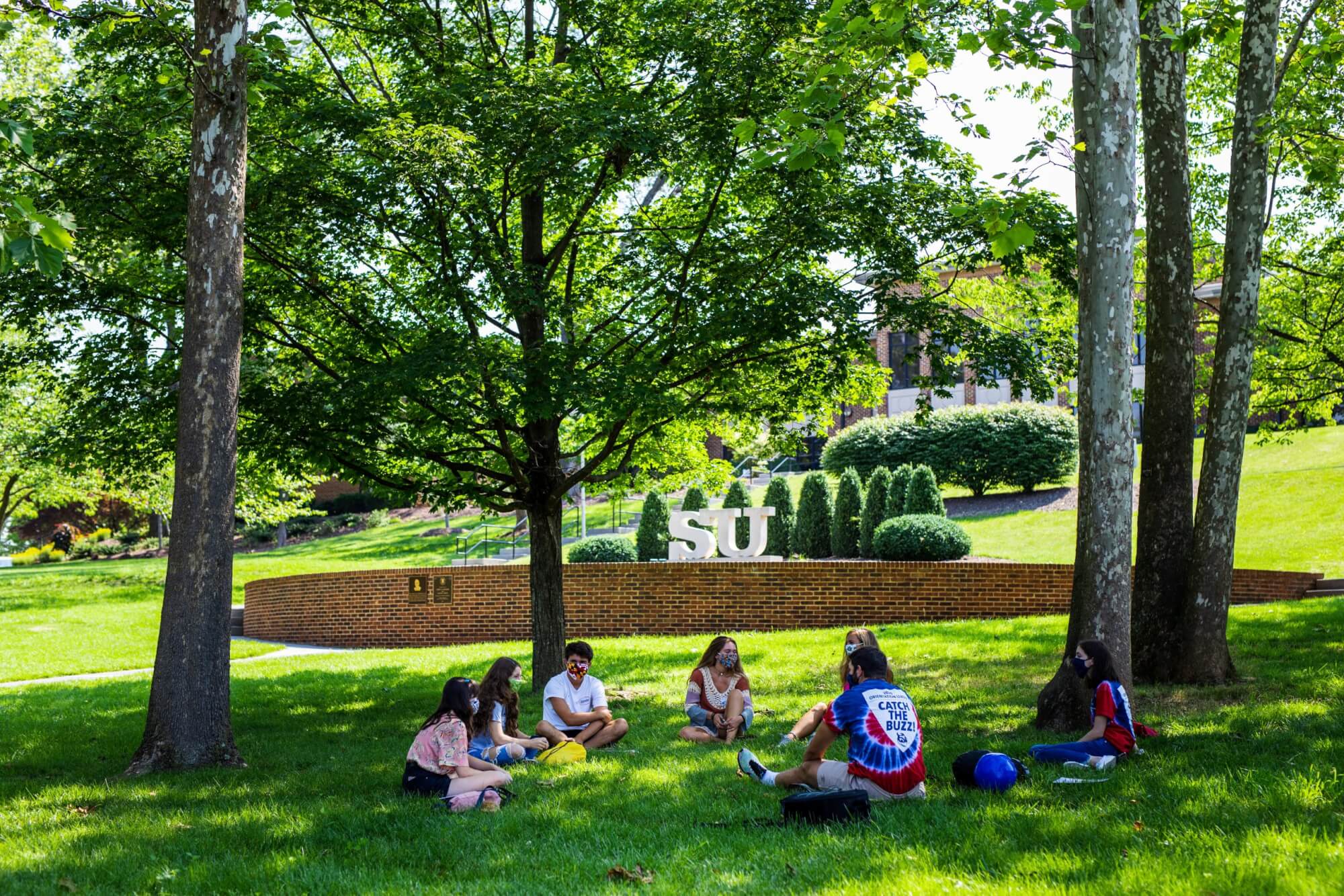Shenandoah Climbs in 2021 U.S. News & World Report Rankings
University improves in several categories, including overall score

Shenandoah University has climbed 22 spots in the 2021 U.S. News & World Report rankings while retaining our spot as the second-highest ranked Virginia private school among national universities.
Shenandoah is ranked 241 among 389 national universities with an overall score of 45. This is an improvement over last year, when we were ranked 263 with an overall score of 29. A school’s overall score and rank are based on the sum of weighted, normalized values across 17 indicators of academic quality.
While we do not focus on rankings, we are gratified that this improvement reflects significant increases in key student outcomes, including retention and graduation rates and social mobility. These areas are very important to us and we put a lot of effort into them. I think the peer assessment score reflects that other institutions are taking note of our work as all of us in higher ed strive to do the best we can for our students.”
Provost Adrienne Bloss, Ph.D.
The 2021 rankings use data from the Fall 2019 semester and earlier.
Shenandoah improved in several of the criteria that determine a school’s ranking, including our peer assessment score (from 1.9 to 2.1), our first-year student retention rate (from 81% to 82%), our graduation/retention rank (from 219 to 216), and our social mobility rank (from 335 to 303). Social mobility measures how well schools graduate students who received federal Pell Grants. Families with incomes up to $50,000 are eligible for Pell Grant aid, but most money goes to those with incomes less than $20,000.
These rankings show that as a university we were successful in advancing social mobility by enrolling and graduating more economically disadvantaged students. The university’s two-year average grad rate for students who received a Pell Grant increased from 46% to 52%.
Shenandoah also made a big jump in our faculty resources rank — from 120 up to 84. This ranking measures class size, faculty salaries, faculty with the highest degree in their fields, student-faculty ratio and proportion of faculty who are full time.
Class size and quality remain at the forefront of our mission, and the university’s improved ranking reflects that. According to the 2021 rankings, classes with fewer than 20 students increased from 66 percent to 67 percent, classes with more than 50 students decreased from 2 percent to 1 percent, and the university’s student-to-faculty ratio improved from 10:1 to 9:1.
In grad school rankings, Shenandoah ranks No. 21 in physician assistant programs, No. 30 in nurse midwifery, No. 79 in pharmacy, No. 83 in physical therapy and No. 108 in occupational therapy.
This fall, the university welcomed its largest first-year class with 518 new students. There were also 296 new transfer students — our highest total since 2017. The number of graduate students was 879, with the previous record of 790 in 2013. Shenandoah is currently offering in-person classes (as well as online) and has around 1,000 students living in residence halls on the main campus in Winchester.





